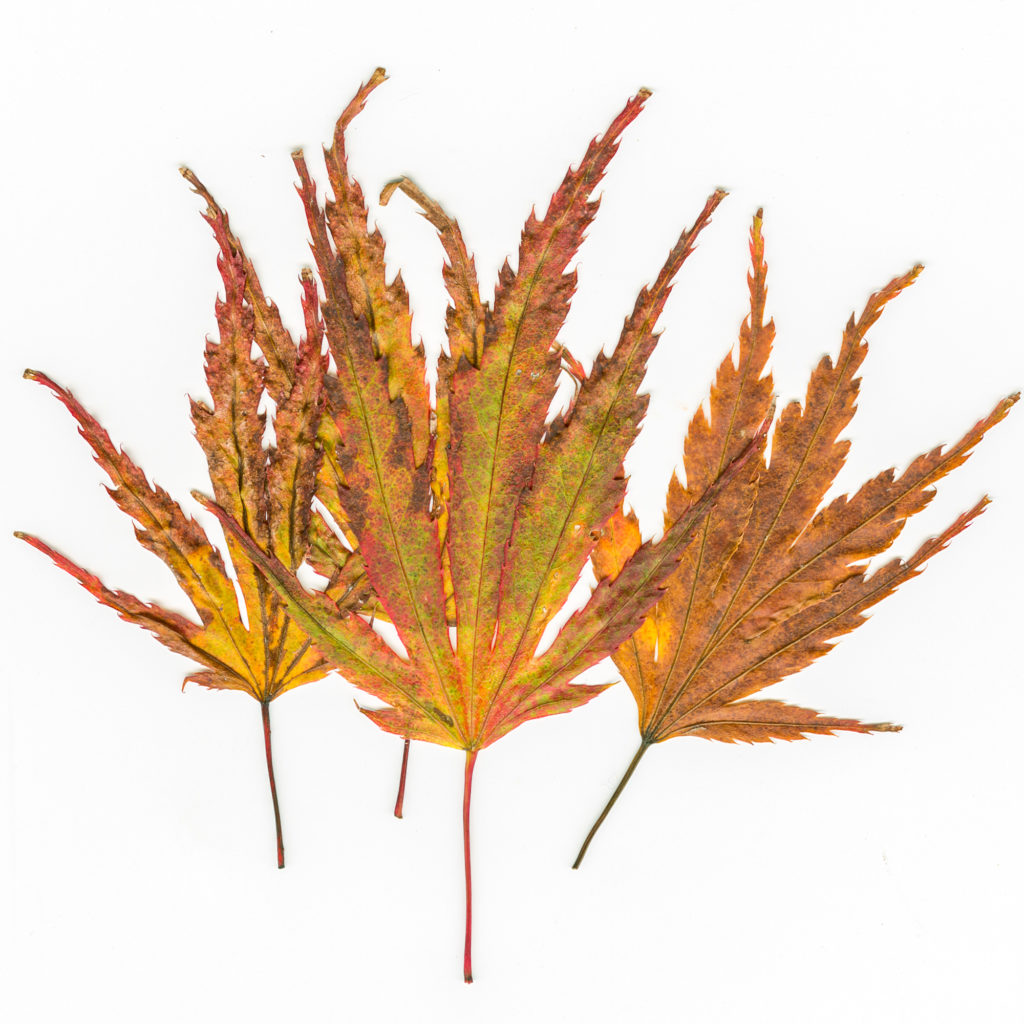‘So you’ve reached your legacy years?’ said a colleague as we discussed photographs. Not so much photographs as photography. I’d just admitted to spending many evenings scanning or digitising strips of photographic negatives.

‘No, I don’t see it that way at all.’ I replied.
I’d noticed how my father was forgetting names and places for a lot of his photographs. There was a particular collection that was loose in a drawer after falling out of an ancient, deteriorating family album. My concern wasn’t that he’d forgotten but that he confidently misremembered many of the details. Sadly, yet fortunately, we often had captions and notes written both in the albums and the on backs of many of the photos. He pretended to be sanguine about his errors but I could tell it hurt to have to learn that he’d been wrong.
What I’ve noticed recently is that the photographs that I scanned over a decade ago are today evincing different elements of their times. I should tell you that I digitised hundreds of rolls of film and then added digital metadata to each of the images. I used a taxonomy of places, dates, situations and events that I created. I was aided and abetted in naming the people with the face recognition tools in Picasa (regrettably long since deprecated). I carried on this obsessional task for about four or maybe even five years at the rate of an hour per roll and perhaps I’d do one or two rolls in an evening.
The memories associated with the oldest photos have dimmed recently. Not a big deal given that this affects photos that are maybe four if not five decades old. However, it’s interesting to me that seeing these images that once brought back long hidden memories are now not quite so potent.
Novelty may be the key. I hope so because I have over 100,000 photos in my catalogues. I’m not sure how visual memory actually works but it’s incredible to me that I recognise many tens of thousands of images. And it’s not just recognition. I can name and date and place most of them and their subjects with great accuracy. So I’m not too upset that the oldest are fading.
But I’m curious as to how this works at all. Where do my memories hibernate?
You may know a bit about Russian journalist S who famously suffered from synesthesia. He also had a remarkable memory, so good that his memory didn’t follow the normal curve of forgetting. His fascinating plight is described in an aptly titled chapter The Man Who Remembered Too Much in Joshua Foer’s Moonwalking with Einstein. Foer won the US Memory Championship in 2006 and wrote this book about how he did it. There’s an easy bit of background reading on Foer in a Bill Gates blog post from 2012.
The Russian neuropsychologist AR Luria, who studied Russian journalist S for over forty years, learned that every sound S heard evinced a colour, a texture, a taste. Some words were ‘smooth and white’, others ‘as orange and sharp as arrows’. But the point, for me, is that it wasn’t just sound that evoked unusual responses.
‘Let’s say I’m going to the dentist … I sit there when the pain starts I feel it … it’s a tiny, orange-red thread. I’m upset because I know that if this keeps up the thread will widen until it turns into a dense mass. So I cut the thread, make it smaller and smaller, until it is just a tiny point. And the pain disappears.’
I wonder why we don’t talk more about this potential mechanism for pain management and mitigation.

Leave a Reply